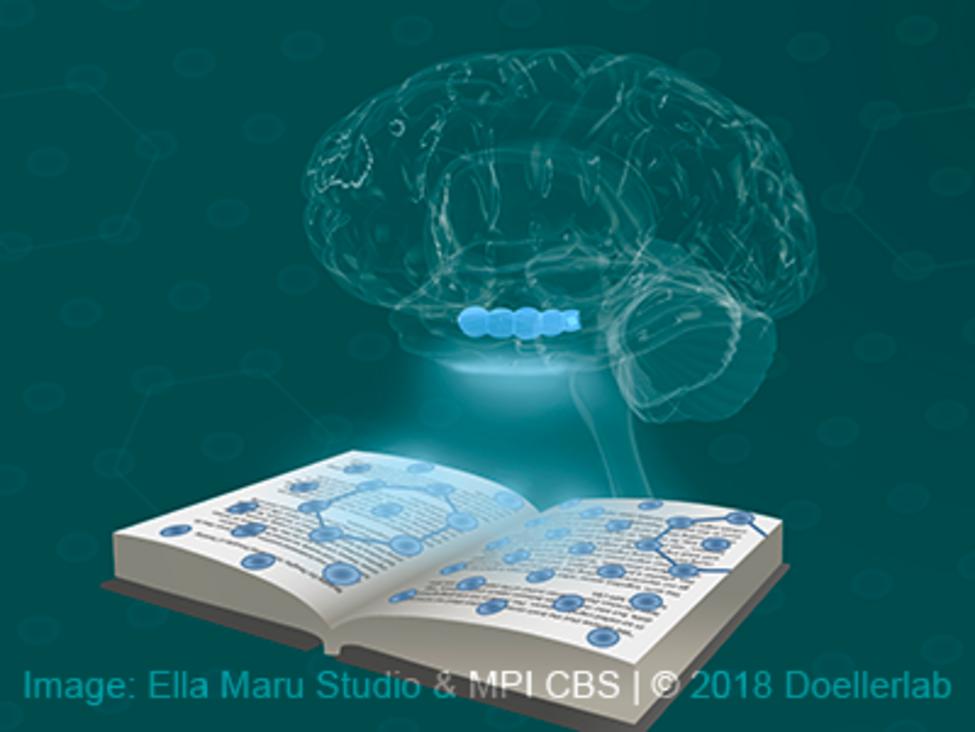Press Release
How our brain helps us navigate among our memories
About the Authors The four researchers behind the study are Jacob Bellmund and Christian Doeller, neuroscientists at the Max Planck Institute of Human Cognitive and Brain Sciences in Leipzig, Peter Gärdenfors, cognitive scientist at Lund University, and Edvard Moser, one of the 2014 Nobel Prize laureates, at the Kavli Institute for Systems Neuroscience in Trondheim.

